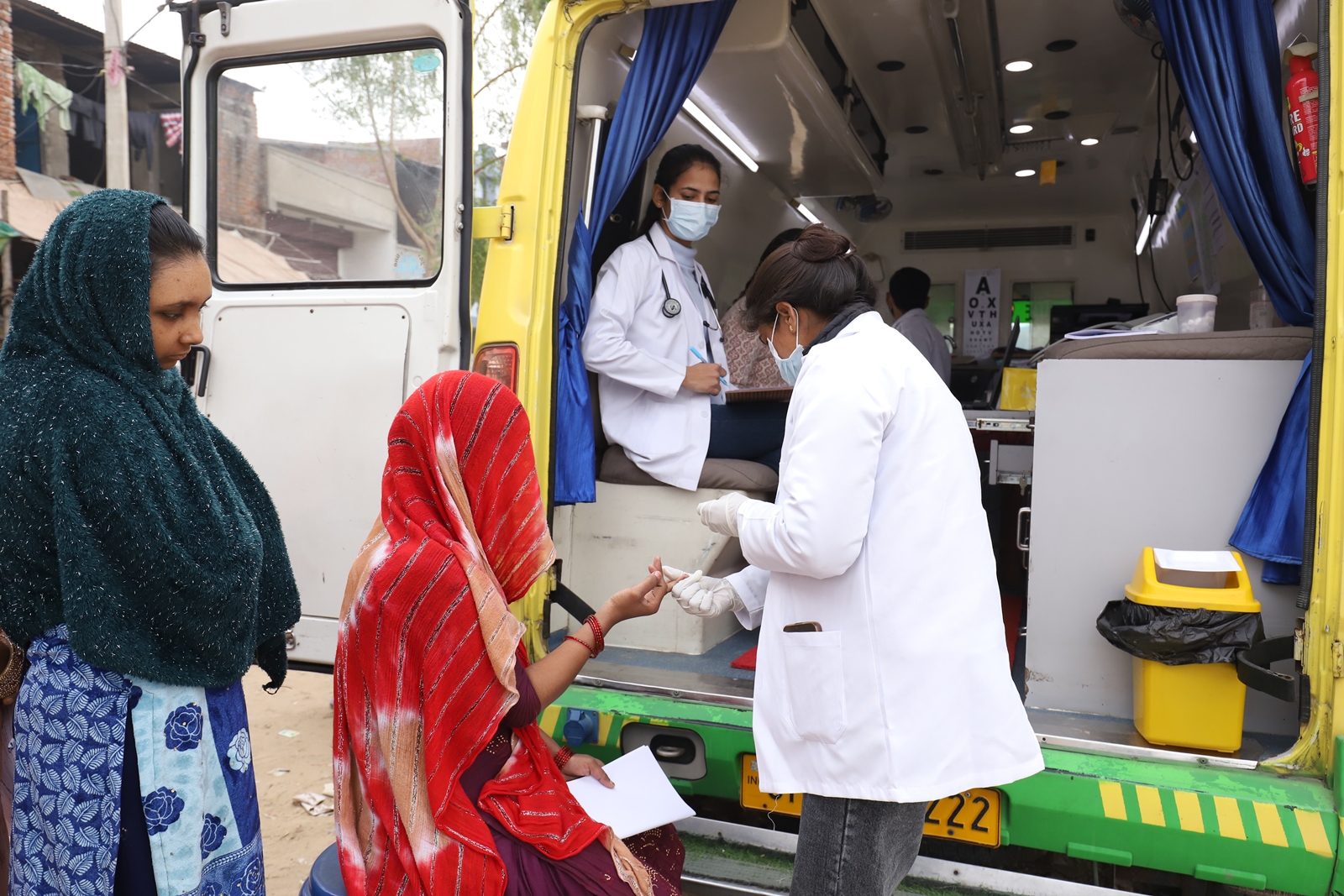After winning the national elections earlier this year, the newly re-elected Indian government presented the national budget for 2024-25 in July. The education sector—spanning both school and higher education—secured one of its most significant allocations in recent years, with total funding reaching approximately £12 billion, an increase of £1 billion compared to last year. However, despite this boost, the education budget accounts for only 2.5 percent of the country’s total national spending for the year.
Education is often regarded as the cornerstone of societal progress, yet its advancement depends heavily on how much nations are willing to invest in it. Over decades, education budgets have reflected competing priorities, political will and economic challenges. Globally, disparities in education funding reveal a startling truth: while some nations invest over 6% of their GDP in education, others struggle to allocate even a fraction of this. In India, the story has been equally complex. Despite constitutional guarantees and policy reforms, budgetary allocation for education remains a contentious issue. While there has been progress, the gap between the demand for quality education and the actual investment remains significant.
Post-Independence India and Budgetary Trends
When India gained independence in 1947, the literacy rate was a mere 12%. Education was recognised as a critical tool for nation-building, leading to the formation of the first Education Commission in 1948 under the Chairmanship of Dr. S Radhakrishnan. Subsequently, the Kothari Commission (1964-66) emphasized allocating 6% of the GDP to education: a benchmark that India is yet to achieve consistently. From 2015 to 2024, India allocated around 4.1 to 4.6 percent of its GDP to education, aligning with the international benchmarks set by the ‘Education 2030 Framework for Action,’ which advises countries to invest 4 to 6 percent of their GDP in education.
Though India’s investment in education has met international benchmarks, countries like the USA, with nearly 6% of GDP dedicated to education, offer a stark contrast. Their investment translates into smaller class sizes, well-trained teachers and advanced learning environments. While developed nations have surged ahead, countries in Africa and South Asia, including India, are still battling with systemic barriers such as poverty, gender disparity and inadequate infrastructure leading to underinvestment in education. This is evident in overburdened public schools, poorly paid teachers and a lack of resources for marginalised communities.
The Need and the Roadblocks
India’s budget for education has historically been viewed through a lens of economic constraints, but this view is changing slowly. Over the years, various initiatives, such as the Right to Education Act (RTE) in 2009, have improved access to education for children from economically weaker sections. However, quality still remains a critical issue. The budgetary focus needs to shift towards improving the quality of education, enhancing teacher training and upgrading infrastructure.
One of the major challenges India faces is the imbalance between urban and rural educational infrastructure. While cities boast modern schools, colleges and universities, rural areas often struggle with a lack of basic facilities such as classrooms, teachers and digital infrastructure. The Ministry of Education reported that urban schools are notably better equipped with digital infrastructure, with 68.7% having internet connectivity compared to just 44.9% of rural schools. The evident contrast in the quality of education between urban and rural India calls for more equitable distribution of resources and investments.
Another challenge has been the allocation within the education sector. Higher education often receives a disproportionate share, leaving primary and secondary education underfunded. Additionally, vocational training and skill development, critical for India’s large youth population, remain inadequately resourced.
The Role of Private Players and Public-Private Partnerships
The rise of private institutions has significantly altered the education landscape in India. Today, nearly 43% of students in urban areas attend private schools, compared to just 16% in rural regions. While private players have bridged gaps in access and quality, they have also exacerbated inequities. High fees make quality education inaccessible to many, pushing marginalised communities further behind.
Public-private partnerships (PPPs) have emerged as a potential solution to this dilemma. Globally, countries like the United States have successfully integrated PPPs to modernise school infrastructure and introduce innovative teaching methodologies. However, such models require robust regulation to ensure equity and accountability—areas where India still has room for improvement.
Lessons for India From Around the World
Globally, nations that prioritise education in their budgets often reap substantial dividends. For instance, Norway, one of the leading countries in education, spends nearly 7% of its GDP on education, resulting in a highly efficient and equitable system. The Norwegian government’s budgetary commitment is reflected in their 100% literacy rate, a feat that India is still working towards.
For India, the contrast with China is particularly instructive. Over the years, China has consistently allocated over 4% of its GDP to education, emphasizing skill development and research. This focus has propelled China to the forefront of global innovation. India’s lower investment in education, coupled with a brain drain, limits its ability to compete on a global scale.
Nevertheless, India’s greatest strength lies in its young population brimming with potential, giving us reasons to stay hopeful. By increasing education budgets and addressing systemic inefficiencies, India can harness this potential to drive economic and social transformation.
The Road Ahead
The future of education funding in India depends on bold policy decisions and sustained political will. Increasing the GDP allocation to 6% remains a critical goal, but the distribution of resources also matters. Investments must prioritise primary and secondary education, digital infrastructure and teacher training. In the digital era, integrating technology into classrooms can enhance learning outcomes and bridge geographic divides.
Global experiences offer valuable lessons. Countries that prioritise education view it not merely as an expenditure but as an investment in human capital. For India, this perspective could catalyse transformative change. Programmes like the New Education Policy (NEP) 2020, which envisions a holistic and flexible education system do provide a roadmap. However, their success hinges on adequate funding and effective implementation.
Education holds the key to breaking the cycle of poverty, yet systemic inequities and underfunding hinder progress, particularly for marginalised communities in India. Smile Foundation’s education initiatives aim to complement government efforts by bridging these gaps, with a focus on providing quality learning experiences to underserved children and youth.
By addressing challenges such as insufficient infrastructure, lack of trained teachers and rural-urban disparities, Smile Foundation works to ensure that no child is left behind. Through programmes designed to make learning accessible and equitable, the Foundation emphasises holistic development, building on models that integrate public-private partnerships, teacher training and digital resources. These initiatives reflect Smile’s vision to transform India’s vast young population into a skilled and educated force for national development.
With an approach rooted in action and inclusivity, Smile Foundation continues to illuminate pathways to progress for the communities that need it most.









